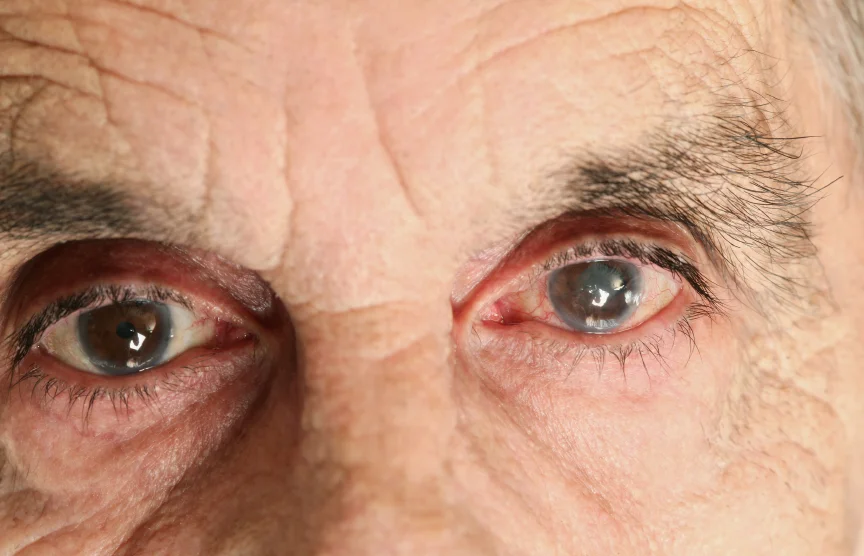Would you just observe glaucoma patient with IOP of 39mm Hg?
/Friday February 12, 2010
I was sure I would not tweet any consults from this day as I still had many cases that I wanted to write about in greater detail here on my blog, but I couldn’t resist tweeting and now talking more about this particular patient presenting with rather high intraocular pressure but no other risk factors for glaucoma.
robschertzer 59 yo WM #glaucoma #consult w/ IOP 28 OD, 39 OS, normal cornea thickness and VF, slight disc asymmetry; anyone just observe?
Consult referring IOPs and CCT
Visual fields were also performed by the referring eye care professional and are below. These were not repeated at my office as they appeared to be reliable.
Consult VF OS Fax
On history, there was no family history of anyone with glaucoma and the patient was not on any medical therapy for any conditions. He is a smoker.
On examination, visual acuity was 6/6 OD and 6/9 OS with his current spectacle correction of plano -1.50 x 105 OD and -0.50 -1.00 x 090 OS. IOP readings were 28 mmHg OD and 39 mmHg OS at 0922hrs with corneal thickness reading of 567 +/- 2.2 ums OD and 563 +/- 2.6 ums OS. Pupils were brisk with no afferent pupillary defect. Early cataracts were present in both eyes. Angles were wide open with some extra iris processes and pigmentation in the left eye compared with the right and there was a slight asymmetry in the optic nerve shape, with generalized increased ‘cupping’ in the left eye compared to the right but still within the realm of normal.
His HRT nerve scan was performed for future comparison. As discussed in prior postings, this test is used to look for progression on follow-up visits. As a baseline test it just confirms what is seen clinically. In this case, essentially normal looking optic nerves.
HRT OU Report
Does this patient have glaucoma? If not, what is their risk of converting from ocular hypertension to glaucoma? Should they be treated? If you are seeing the patient, what would your plan be and how would you rationalize this?
The patient and I discussed the findings as well as the potential risks and benefits of different treatment options along with the alternative of not treating at this time. With treatment consisting of either a single glaucoma medication or Selective Laser Trabeculoplasty, there is an excellent chance that five years down the road we would see no progressive damage to the optic nerve as measured by HRT nerve scan or Visual Field testing. Of course, there is also an 88% chance that this patient will no show progression from his current ocular hypertension status to glaucoma over the next 6 years based on the Ocular Hypertension Treatment Study (OHTS) even if they were to receive no treatment.
In the probability graph from one of the OHTS papers, regardless of whether you use the IOP and CCT data from my office or that from the referring optometrist, the risk of developing glaucoma for patients in that study with these IOP and CCT readings were 12-13%. As long as this patient is followed on a regular basis, with repeated optic nerve form (HRT) and function (VF) testing, it is safe to just observe for now.
OHTS Figure 1
There are many factors to consider in the decision to treat a patient or observe for now. This was my rationale for this particular patient who lacked other risk factors, seemed to understand the treatment options that he was actively involved in deciding, and is available for ongoing longterm follow-up. At any point in the future, we can always start treatment. This takes extra work perhaps than just opting to treat the patient just because the eye pressure was high but it reduces the risks of treatment that may turn out to not ever be necessary.

